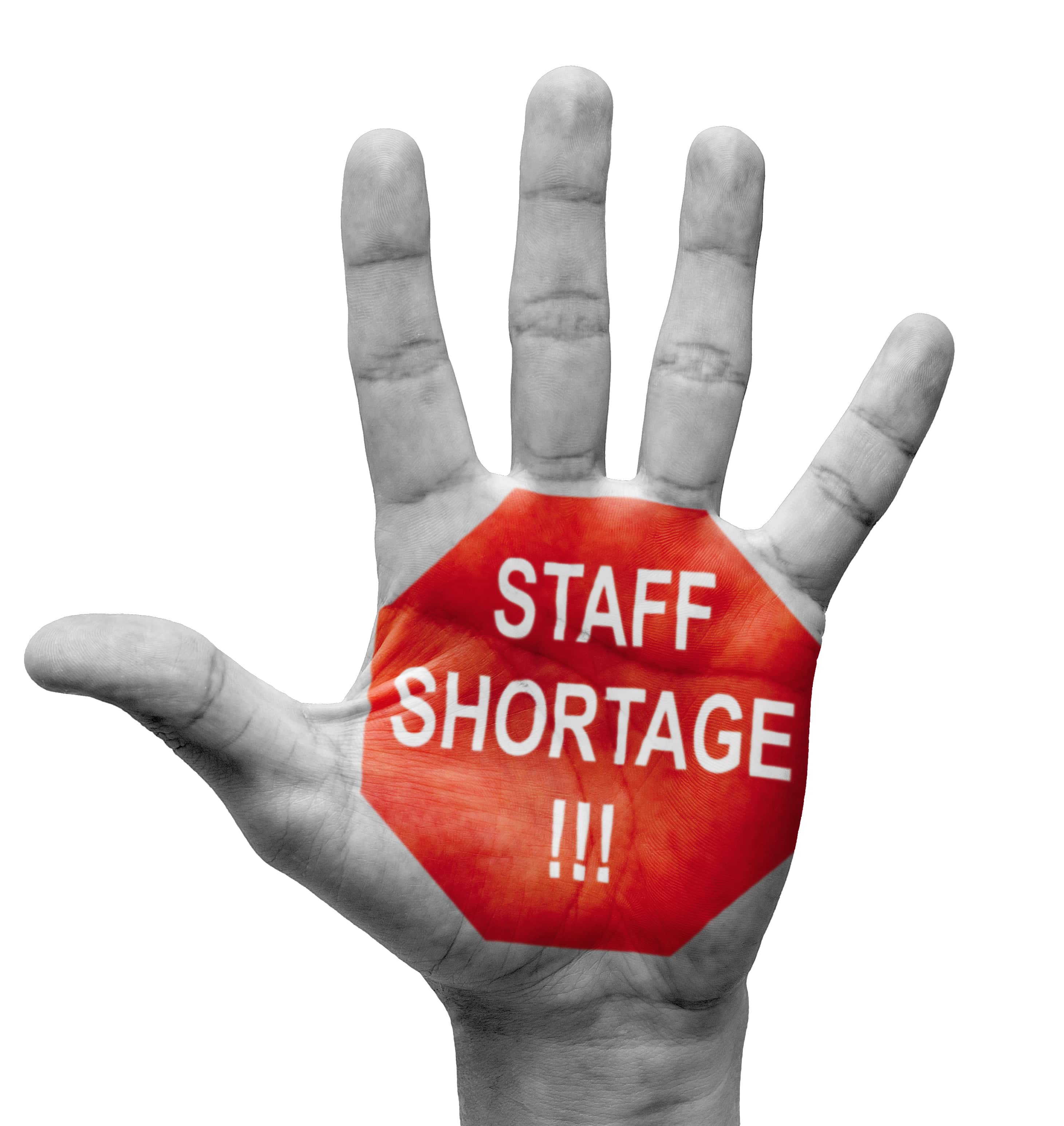
Managed Staffing Services: Achieving Cost Savings Through Increased Efficiency
With healthcare providers under pressure to improve financial performance and maintain quality, healthcare leaders need to find ways to continue to operate for long-term success, while achieving immediate cost savings. With labor representing a hospital’s single largest expense, one answer can be found in the adoption of managed staffing services at many facilities today.
According to Bob Livonius, AMN Healthcare’s president of strategic workforce solutions, the impetus for engaging in a managed staffing service agreement has changed in recent years, but the end result is the same – improved supplemental workforce performance at an overall labor-related cost savings of 15to 25 percent.
The Supplemental Staffing Frenzy
“From the year 2000 to roughly 2007, the average number of staffing agencies under contract with a single hospital system or other facility spiked in an effort to simply fill shortages,” Livonius said.
The subsequent frenzy of managing what could amount to hundreds of different staffing contracts, bill rates and hiring procedures fueled demand for a better solution. Managed staffing services, where a staffing partner is engaged to help manage the overall forecasting, recruitment, delivery and cost of supplemental staff on an ongoing basis, grew in popularity.
Managed Staffing Tames the Chaos
Take Allina Hospitals & Clinics as an example. A large, not-for-profit system of hospitals, clinics, and other healthcare services provided throughout Minnesota and western Wisconsin, Allina has saved $4.8 million through its managed service agreement over the past five years. In addition, Allina’s fill rates improved from 34 percent to more than 90 percent during that same time.
“Our managed staffing provider acts as an effective traffic control tower for the system’s hospitals and clinics, coordinating multiple arrangements with multiple providers,” said Allina President and CEO Kenneth Paulus of the more streamlined approach.
Savings at Allina came in part from a new orientation and identification badge system created and funded by its managed staffing provider; employing a more efficient mix of permanent, per diem, travel and overtime staff expenses; and saving internal staff more than 120 hours per week previously spent on supplemental staff administration and oversight.
Creating a Platform for Continuous Operational Efficiency
“A fair number of healthcare providers have already gone through the cycle of trading in multiple staffing vendors for one reliable, central point of contact with standardized invoicing, hiring procedures, and performance measurements,” said Livonius. “Even with demand now slowing, they remain much more efficient than before.”
This is precisely the kind of advantage many facilities are looking to gain as they seek to tighten their belts today while maintaining a strong scalable, infrastructure for the inevitable rise in demand.
Few organizations understand this better than MedStar Health System, the largest healthcare provider in Maryland and the Washington, D.C. region. When they entered into an exclusive managed staffing partnership in 2008, the region was in the midst of the most serious nursing shortages in the country. Today, nursing graduates in that same market are hard pressed to find employment. Yet the tide will turn, according to Ron McDade, assistant vice president, performance improvement, for MedStar.
Navigating an Economic Rebound
“Healthcare leaders have been through enough cycles to understand that we are at the peak of supply now – everyone wants to work, full-time with benefits, due to the economy,” said McDade. “We are fully appreciative of the fact that we will cycle back to workforce shortages.”
When this occurs, McDade says MedStar will have the infrastructure in place, thanks to its managed staffing partner, to fill its needs and ensure continued high levels of patient care. As census levels rise once again, not only will existing providers need to scale back up, but facilities will again compete for scarce human resources. The recruitment advantage offered by managed staffing programs may make the difference between organizations that survive and those that do not.
In the case of Tyler ContinueCARE Hospital, a 52-bed long-term acute care facility in Tyler, Texas, its CEO Stephanie Hyde credits its managed staffing partner with helping the hospital successfully manage census growth from a daily average of five patients to 50, in just several years.
“Without our managed staffing partner, we would not have been able to achieve our average daily census growth because would have never had the staff to support it — it’s just that simple,” she said.
Opportunity for Facilities of All Sizes
Tyler also serves to demonstrate that efficiencies gained through managed staffing services are not restricted to large hospital systems alone. Throughout its partnership, Tyler has enjoyed higher than 90 percent average fill rates and patient satisfaction consistently ranging between 92and 94 percent.
“Working exclusively with our managed staffing partner, we have been very pleased with their responsiveness, the high quality of the staff they send and the overall success we have achieved together,” said Hyde.
Overcoming “Us” vs. “Them” Perception
But not all facilities are easily swayed by the notion of relinquishing oversight of the supplemental staffing function to a staffing company. In fact, for Tammy Collier, senior vice president for patient care at Huguley Memorial Medical Center in Burleson, Texas, it seemed counterintuitive.
“We wanted a stable pool of competent nurses who embraced our hospital’s mission and we wanted to hold down costs,” said Collier. “So, at first, we thought the answer was to reduce our reliance on employment agencies.”
Many organizations are cautious about “handing over all of their temporary staffing needs to a single agency”—a common misperception, according to Livonius. “As a managed staffing customer, organizations have remarkably more control, visibility and accountability from their staffing providers than ever before.” This is accomplished through mutually agreed upon performance goals, system-wide standardization, and technology tools that help create a central database for extensive real-time reporting.

Plus, companies often leverage a network of subcontracted agencies to ensure that all staffing needs are met.
According to Collier, the approach works. “At Huguley, our cost savings are measureable, we save time from the administrative hassles of dealing with 27 agencies and we’ve seen increases in quality and compliance.”



